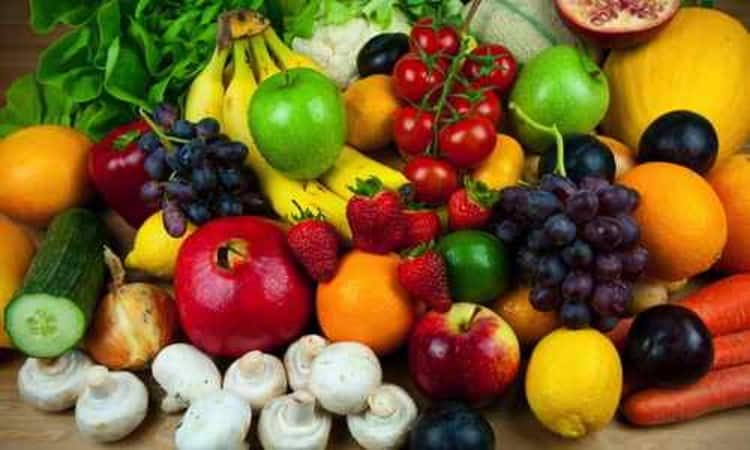Too often, fresh fruits and vegetables end up molding in the corner of the refrigerator or browning after a day on the countertop. Produce ends up contributing to the massive 40 percent of food Americans waste every year. In Europe, nearly 50 percent of fruits and vegetables are wasted, according to a report by the U.N. Food and Agriculture Organization. Much of this waste happens before produce even makes it to a market or grocery store, but by taking good care of it at home, further waste can be avoided.
Food Tank has compiled some strategies and natural products to help keep fresh produce fresh. These measures can help make a dent in the unnecessary food waste happening around the world.
1. Experiment with thermotherapy for berries: Although heat may seem like an odd way to keep things fresh, rinsing berries in hot water for about 30 seconds before putting them in the fridge can drastically reduce the number of moldy berries in the bunch, and prevent mold from developing. After rinsing, store them in their original container in the refrigerator.
2. Mix gum arabic with water: A solution of between 5 and 20 percent gum arabic (which comes from hardened sap of acacia trees) and water has been shown by researchers at the University of Nottingham to keep bananas fresher longer and preserve the quality of tomatoes. Gum arabic, the uses of which range from medicine to arts and crafts, is inexpensive and all natural. It can be found online or at natural foods stores.
3. Use cinnamon oil: Further research from the University of Nottingham has demonstrated that applying cinnamon oil to bananas can help them survive longer. Additionally, research published in Innovative Food Science and Emerging Technologies showed that cinnamon essential oil suppressed the growth of fungi on peppers and tomatoes. Cinnamon oil can be found online or at natural foods stores.
4. Avoid air-tight: Keeping fruits and vegetables in sealed containers or bags may seem like the best way to preserve them, but its main effect is to suffocate them, according to research from Washington State University. Poke holes in plastic bags to allow them to breathe before storing them.
5. Separate fruits and vegetables: Many fruits, including apples, peaches, and tomatoes, release ethylene, a colorless and odorless gas that speeds up the ripening process and can have an effect on nearby produce. Keep ethylene releasers away from non-ethylene releasers, which include the majority of vegetables.
6. Learn what goes where: Fridge or countertop? Plastic or paper? Make sure fruits and vegetables are being stored in the right place to maximize their longevity and freshness. The American Heart Association provides tips for proper storage.
7. Treat herbs like flowers: Cut off the ends of fresh herbs, such as parsley, basil, and cilantro, and store them upright in a glass with approximately an inch of water. Cover loosely with a plastic bag to keep them fresher (this also works with asparagus). Some herbs—like cilantro—should be refrigerated, while others, especially basil, are fine on the countertop.
8. Try FreshPaper: These biodegradable, compostable and recyclable sheets, which are infused with organic spices, keep produce fresh for 2 to 4 times longer. Place them in the vegetable crisper or fruit bowl and let them do the work.
9. Prioritize: Some vegetables, cabbage, carrots, and other root vegetables, can last for a long time in the fridge, while others, like basil and artichokes, will ripen within a couple of days. Learn what to eat first and what to save for the end of the week. By planning a week’s meals ahead of time, produce can be used up just in time for the next grocery trip.
10. Buy local: Locally grown produce has less distance to travel and less time to lose freshness between being harvested and reaching the kitchen. Find a farmer’s market near you and stock your kitchen with fruits and vegetables of the best quality.













